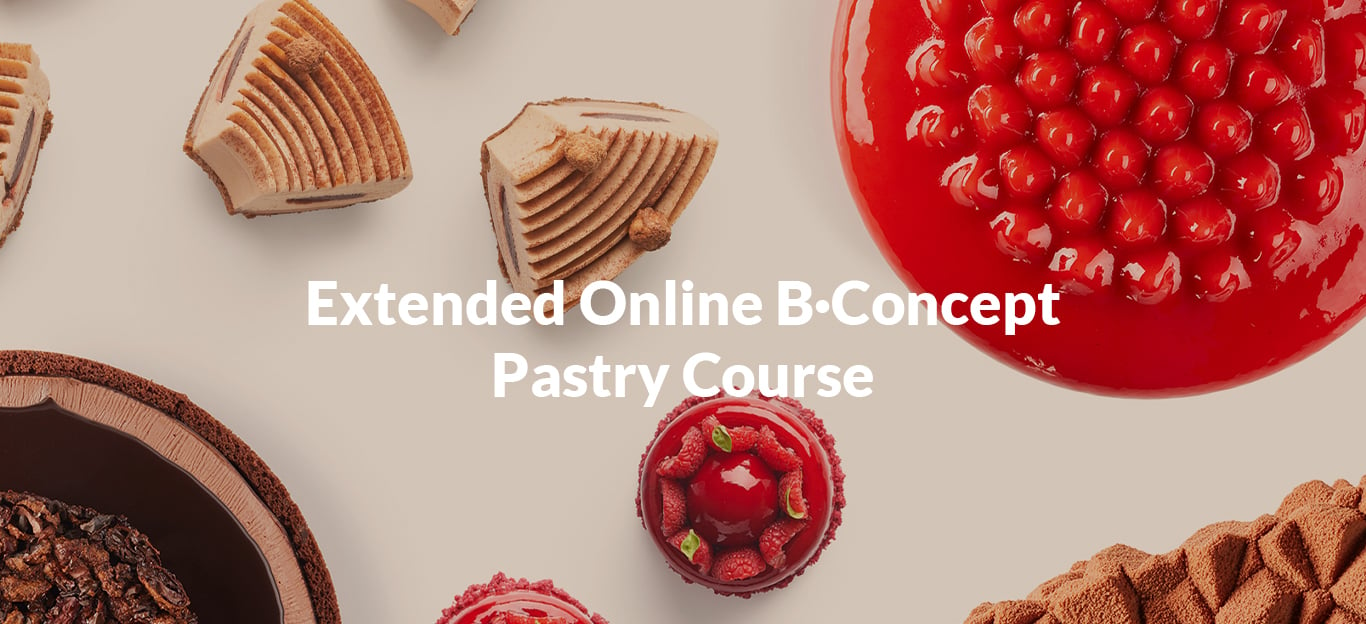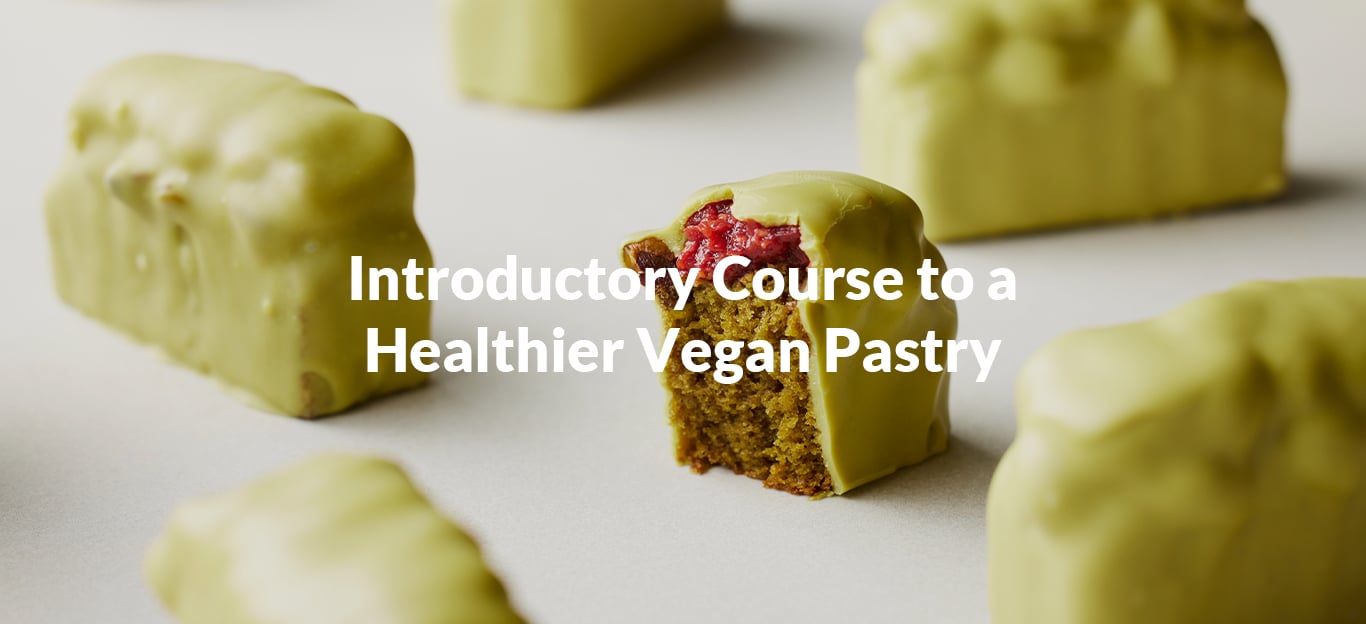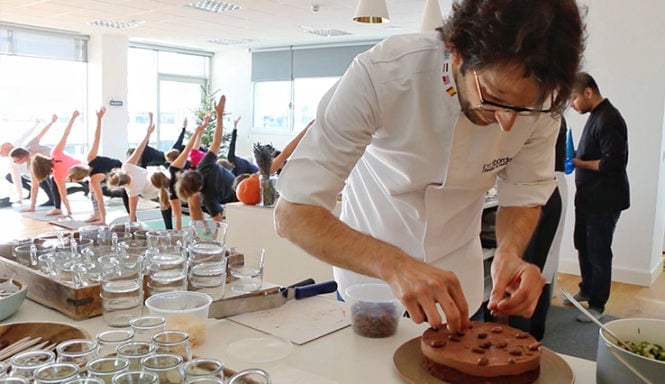
Beyond the lines of traditional pastry: Redefining the concept of creaminess
Creaminess is one of the most desirable textures in pastry, one that has long been associated with the use of large quantities of butter, cream, eggs or chocolate. However, the sensation of creaminess is not restricted to these traditional pastry ingredients, as creaminess is a direct result of a texture creating technique and a physicochemical process called emulsification. This and other technical aspects are treated in depth in our Extended Online B·Concept Pastry Course, but let’s keep talking about this texture.
Creaminess
Creaminess is the sensation we experience while tasting a food that coats the palate in a pleasurable way. That melts in the mouth, but neither too fast nor too slow.
A liquid (water, milk, fruit juice, even liquid fruit puree) passes through our mouth too quickly, not coating our tongue. For this reason, creating a creamy texture requires the addition of fat– an ingredient that gives us higher viscosity and the ‘coating’ mouthfeel.
Emulsification is a process joining the bringing together the aqueous and the oil (fat) parts of the recipe in order to give us creamy texture.
Emulsifiers: the union between liquids and fats
Binding two ingredients that naturally do not mix, namely water and oil, is possible due to the use of natural or synthetic emulsifiers – substances that can bind water and oil by positioning themselves in between the two ingredients, therefore reducing their repulsive forces. The reason why eggs were always associated with creamy texture is that egg yolks contain a natural emulsifier – lecithin.
Other naturally occurring ingredients with emulsifying properties include milk proteins (casein), which explains why butter, milk and cream are so often associated with the creamy mouthfeel and principal ingredients in many creamy texture recipes.
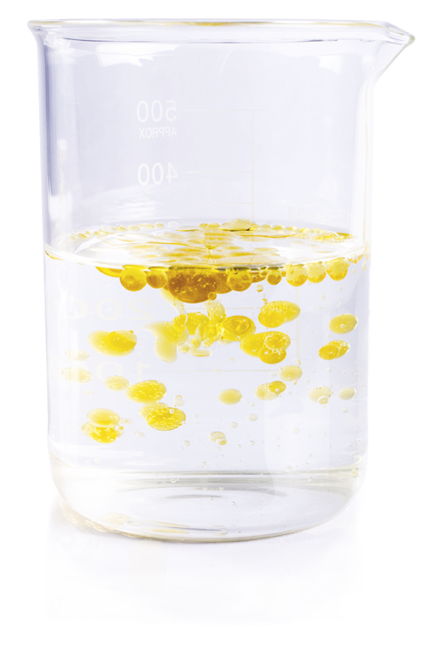
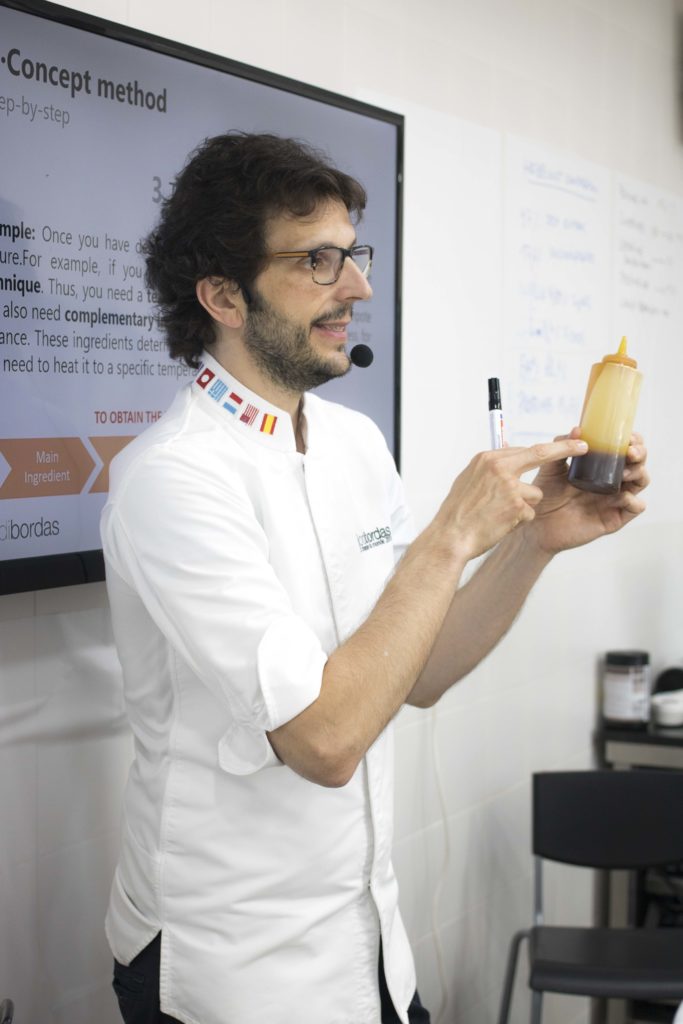
However, as lecithin can also be extracted from soybeans, modern pastry does no longer need to solely rely on the use of eggs to achieve creaminess. Today, with the use of various emulsifiers and ingredients with emulsifying properties (such as, for example, citrus fibers), we have the tools to build egg or lactose-free creamy textures (creamies, mousses, pastry creams, etc.).
Combining the theoretical knowledge on emulsions and emulsifiers with a proper emulsification technique allows us to compose creamy textures with almost any ingredient of our choice.
